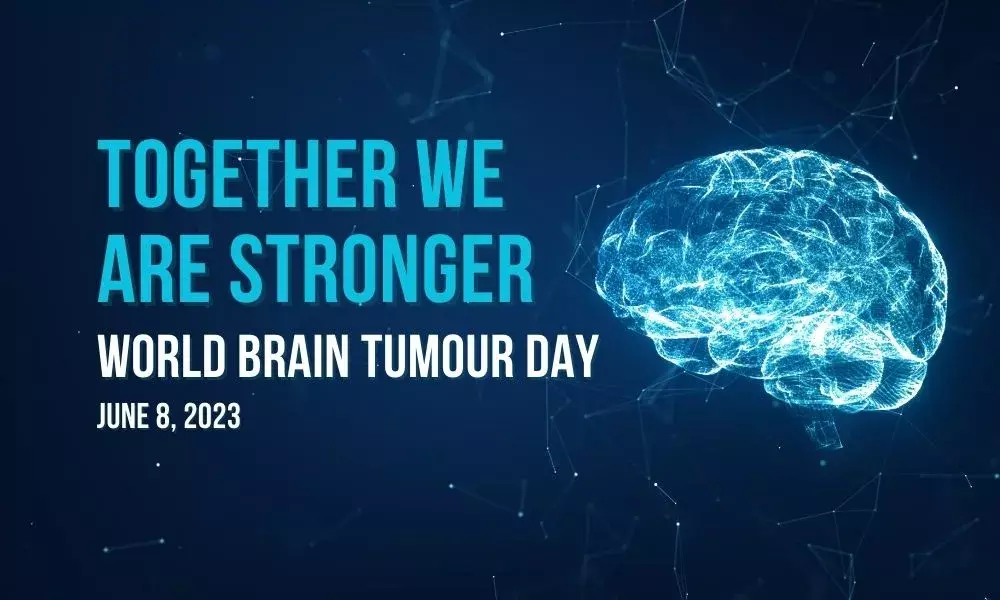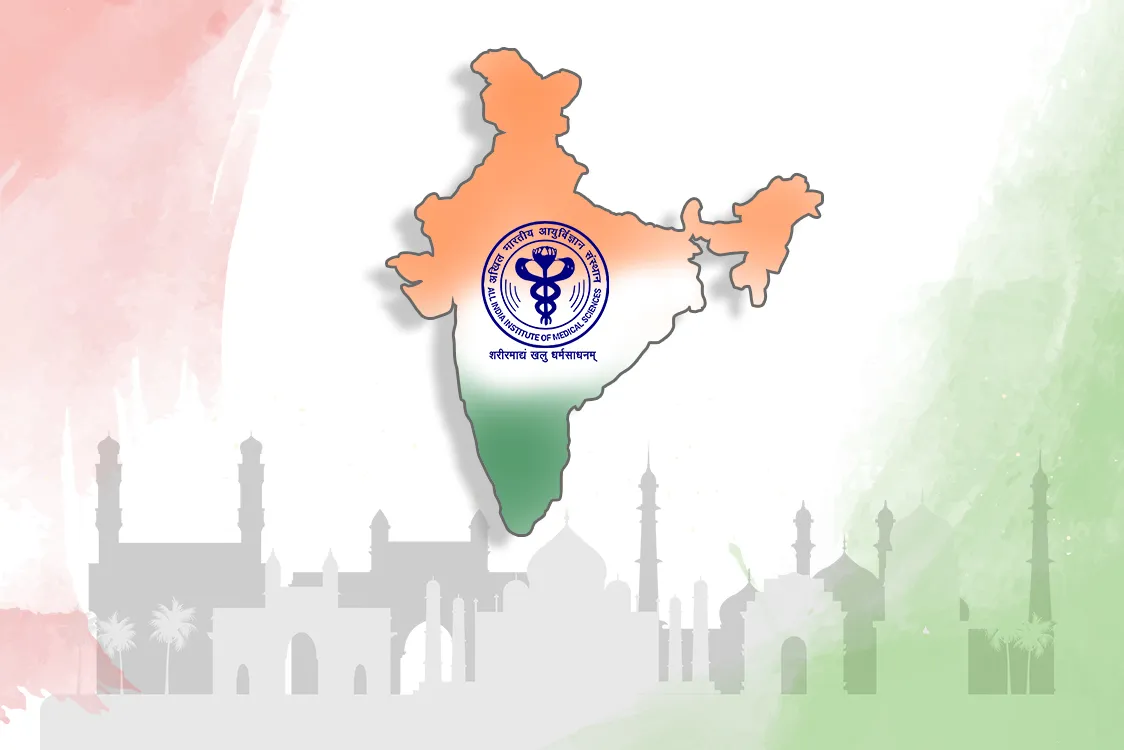Brain cancer is regarded as one of the deadliest cancers around the world. In 2020, over three lakh people were globally diagnosed with primary brain cancer*. It is a rare cancer type but is fatal.
June 8th of every year is observed as World Brain Tumour Day. It was first observed in 2000 by the German Brain Tumour Association. On this day, healthcare institutes spread awareness about brain tumours so people can identify the symptoms and begin the treatment immediately. This year’s theme, “Together we are stronger,” emphasizes that we should unite and support brain cancer patients and survivors.
Table of content
-
What is a brain tumour?
-
Brain tumour – Types
-
Common Symptoms
-
Lessons from a Survivor
-
Know the risk factors
-
Reduce the risk
What is a brain tumour?
A brain tumour is generally the growth of cancerous cells in and around the human brain. A brain tumour can also appear in or around the brain tissues, nerves around the brain, the pituitary and pineal gland, and the membrane that covers the brain.
Brain tumours that originate in the brain are called primary brain tumours. When cancer spreads from other parts of the body to the brain, it is a secondary brain tumour or metastatic brain tumour.
Brain tumours can be malignant (cancerous) or benign (non-cancerous). Some tumours grow rapidly while others may grow gradually.
Brain tumour – Types
The different types of brain tumours may differ from their location of origin in or around the brain. Nevertheless, they all affect the normal functioning of your brain.
-
Gliomas and related brain tumours: Gliomas are the growth of cells in the tissue surrounding the brain. They are mostly benign. However, glioblastoma is a malignant brain tumour, and pilocytic astrocytomas are the least malignant.
-
Embryonal tumours: This tumour begins in embryonal cells (cells that remain from fetal development). This malignant brain tumour is common in infants and young children.
-
Germ cell tumours: This tumour starts in reproductive cells, called germ cells. Sometimes the germ cells are in other parts of the body. When they multiply in the brain, they form a tumour. This tumour is benign in nature and common in children.
-
Choroid plexus tumours: This tumour starts in cells that make e fluid that surrounds the brain and the spinal cord. These types of tumours can be either benign or malignant.
-
Meningiomas: The tumours that originate in the membrane around the brain and spinal cord are meningiomas. These are usually benign, but sometimes they can be malignant.
-
Pituitary tumours: The pituitary gland is near the base of the brain. Most tumours in and around this are called pituitary tumours and are benign.
-
Pineal tumours: The pineal gland forms the centre of the brain. It makes a hormone called melatonin that helps you sleep. Pineal tumours can be benign or malignant.
-
Nerve tumours: Nerve tumours are tumorous growths in the nerves that surround the brain. Acoustic neuroma, also called schwannoma, is the most common type of nerve tumour. This tumour is generally benign in nature.
Other brain tumours may start in the muscles, blood vessels, skull bones, and connective tissue around the brain.
Common symptoms of a brain tumour
The symptoms of brain tumours may differ from case to case depending on the location, type, and size of the tumour. Common symptoms of brain tumours are frequent headaches, vomiting, blurred vision or double vision, seizures (especially in adults), a change in mental functioning, confusion, and memory loss.
Additionally, there are certain symptoms that might occur as the tumour grows:
-
Difficulty while reading or writing.
-
Decreased alertness, which may include drowsiness and loss of consciousness.
-
Dizziness or vertigo.
-
Difficulty swallowing.
-
Eye problems, such as unequal pupils and drooping eyelids.
-
Changes in the ability to taste, smell and hear.
-
Hand tremors, numbness, or tingling on one side of the body.
-
Loss of bladder or bowel control.
-
Changes in mood, personality, emotions, and behaviour.
-
Muscle weakness, especially in the face, arm, or leg.
Lessons from a Brain Tumor Patient
We bring to you, the unbelievable story of 29-year-old Sanjay Deshpande, diagnosed with a rare, incurable, and chronic type of brain cancer.
From the day he was diagnosed with brain cancer till today, he has been living life to the fullest. According to Sanjay, an important message to cancer patients and survivors is “It’s OK not to be OK at times.” He emphasizes that everyone has their battles and that you should take life day by day and live to the fullest.
Here is his inspiring story.
Know the risk factors.
The risk factor that may increase the risk of brain tumours is increasing age. However, few brain cancers are associated with infants and children. The second factor is radiation exposure. People exposed to strong radiation are at higher risk of brain cancer. Lastly, DNA changes can also trigger brain cancer.
Reduce the risk of Brain Tumours.
There is no total protection against this cancer type, but by being aware of the risk factors, you can be alert and consider screening tests to detect cancer early. Screening is not brain tumour prevention. But screening might help find a brain tumour when it is small, and treatment is more likely to be successful.
If you have a family member with a brain tumour or inherited syndromes that increase the risk of a brain tumour, you may consult a doctor who can help you know your chances of getting a brain tumour and manage the risk. You may consider taking a few tests, including an imaging test or a neurological exam, to test your vision, hearing, balance, coordination, and reflexes.
Battling cancer becomes easy when you have someone to talk to and share. We invite you to join our vibrant community – Onco Cancer Care Community, on Facebook. Patients diagnosed with cancer, their caregivers, and survivor of any gender or age are welcome to be part of this group. Let us join and make this journey great for each other.
Data Source: Brain Tumor: Statistics | Cancer.Net





